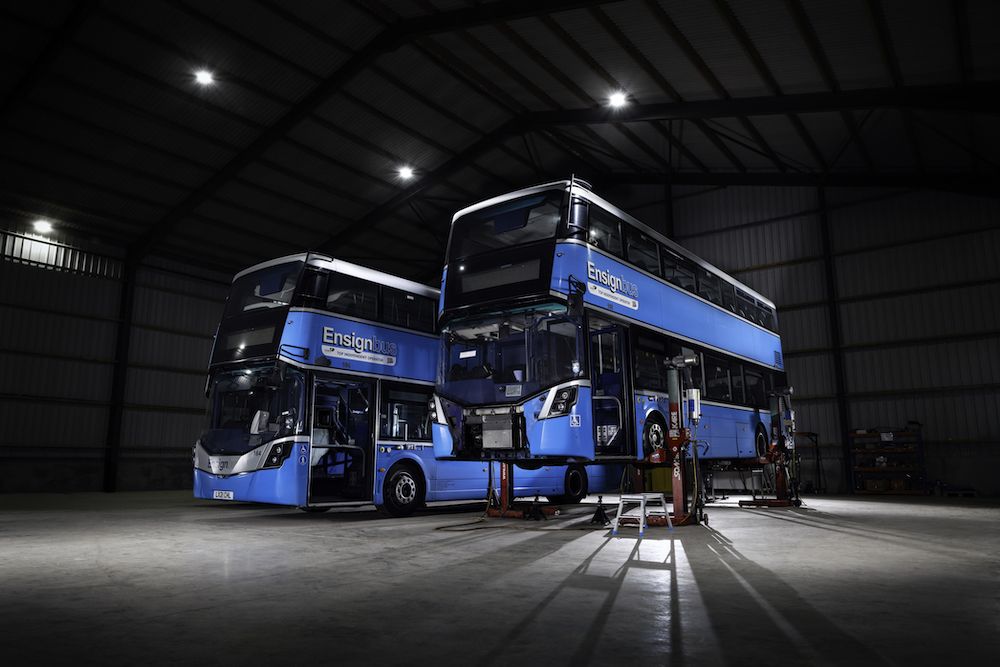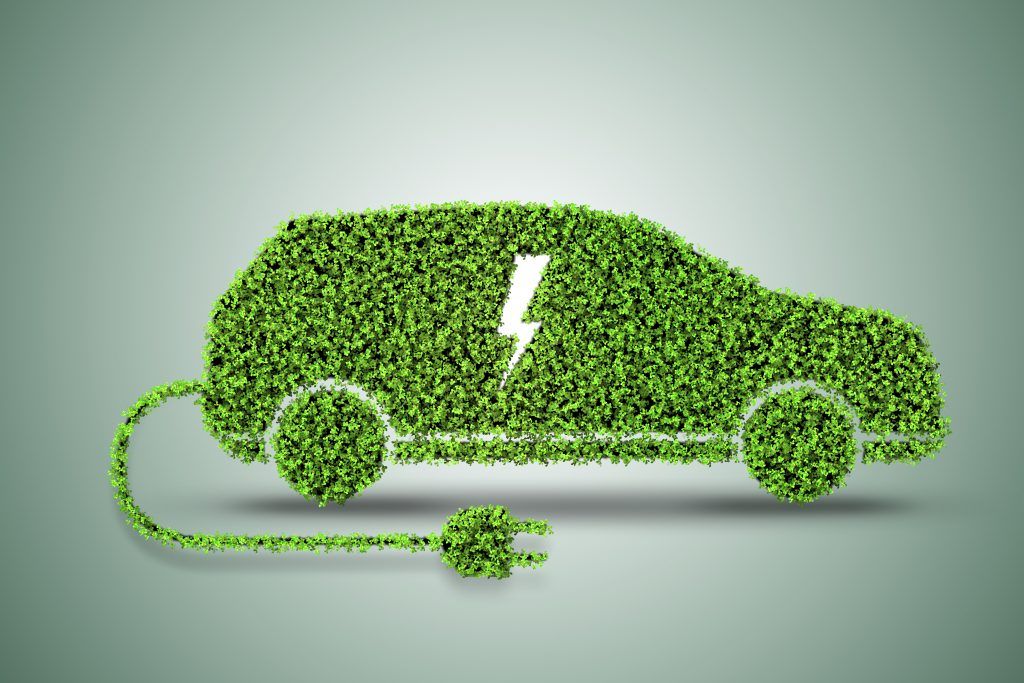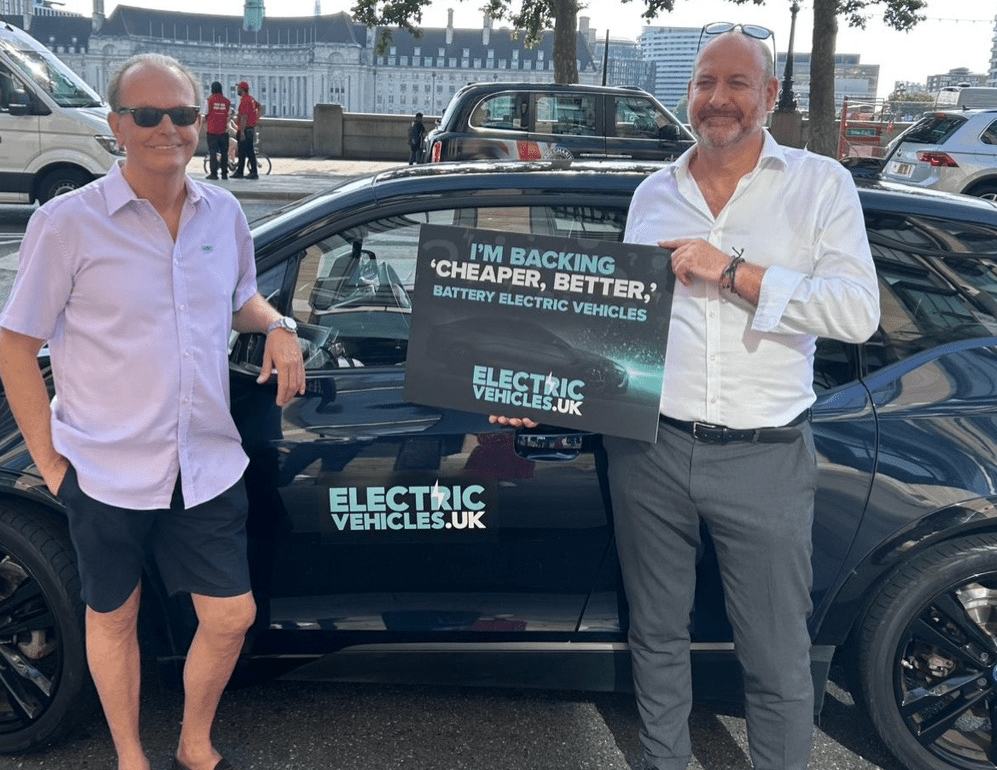Jon Regnart-Russell, Senior Policy Advisor at Hydrogen UK, discusses the challenges and opportunities that come with developing the UK’s hydrogen transport system.
The UK Hydrogen Strategy estimates that to meet Net Zero aims by 2050, hydrogen will make up 20-30% of the UK’s final energy demand. Decarbonising the transport sector specifically will be a critical component in achieving Net Zero given that according to the Department for Energy Security and Net Zero (DESNZ), it is the largest UK emitter.
The debate on how this can be achieved often centres on whether hydrogen or electrification can achieve optimal emissions reductions. But this misses the point: both technologies are practical solutions, with hydrogen augmenting the capability of battery electrification.
For the purposes of transport, hydrogen can be used both as a fuel in liquid or gaseous form, or, as a feedstock to make other fuels such as sustainable aviation fuels. For land transport, hydrogen is typically used in a fuel cell or internal combustion engine, with both having their benefits and challenges. Fuel cells only emit water vapour but require greater cost reductions which can be achieved via economies of scale. For some applications, fuel cells also need a greater level of thermal management to handle a wider variety of operating environments. Hydrogen internal combustion engines (ICE) on the other hand can handle a diverse range of operating conditions and can be made relatively cost effectively. However, hydrogen ICE needs to demonstrate it can emit ultra-low levels of nitrous oxide through further real-life testing.
So, where can hydrogen play a role in the transport system? In heavier duty land transport such as buses, trains and commercial vehicles, hydrogen can complement electrification – especially for duty cycles that carry heavier payloads, travel longer distances, or will benefit from shorter refuelling times. But hydrogen is a cornerstone solution for heavy duty modes of transport such as aviation and shipping. For these sectors, energy dense liquified hydrogen will play a significant role alongside advanced fuels and sustainable aviation fuels where hydrogen is a crucial feedstock.
Hydrogen also is key in the heavy industries that are fundamental to the transport supply chain. For example, hydrogen will be critical in reducing the emissions associated with chemicals and steel. These are both high emitting and high value items within the life cycle of vehicles. And so, if the transport sector wants to be truly Net Zero, we need to move beyond focusing on just tailpipe emissions and understand how to decarbonise the full value chain.
The state of developing hydrogen infrastructure in the UK
The UK is seen to be lagging behind other nations in terms of hydrogen refuelling station deployment. According to Hydrogen UK’s latest Transport Benchmarking Report, there are only nine hydrogen refuelling stations in the UK. Meanwhile, Europe has a network of just under 200 stations that can deliver hydrogen across multiple locations. Around half of these refuelling sites are in Germany, with France also having around 50 refilling stations.
Under the EU Advanced Fuels Infrastructure Regulation (AFIR), Europe has committed to installing one gaseous hydrogen refuelling station (HRS) every 200 km on the TEN-T core network by the end of 2030. The regulation also specifies the stations will have a daily supply capacity of one tonne of hydrogen for all modes of road transport.
While the UK doesn’t have a similar mandate, some progress has been made and measures have been enacted to establish an HRS network. For example, the Zero Emission Road Freight Trials (ZERFT) aims to run real world trials of heavy-duty battery electric and fuel cell vehicles. This includes funding for both the truck and infrastructure CAPEX needed to conduct the demonstrators. In the north of England, the Tees Valley Hydrogen transport hub has also supported the creation of four new public hydrogen refuelling stations.
But despite these positive initiatives, the UK has had a somewhat patchwork approach to hydrogen infrastructure strategy. Both ZERFT and Tees Valley have experienced significant delays and we’re still awaiting a national hydrogen infrastructure strategy that articulates how many refuelling stations are needed. Even though the Department for Transport is drafting a HGV Infrastructure Strategy, to be released in 2024, it doesn’t address other transport vectors.
Building the necessary policies for a decarbonised transport system
In response to alternative fuels infrastructure regulations (AFIR), the UK Government should ensure the positive support framework for hydrogen production is followed up by developing similar support mechanisms for hydrogen refuelling infrastructure. This should include establishing a minimum viable network of hydrogen refuelling stations by 2030, each with a capacity of at least one tonne per day. The UK should harmonise with Europe where possible, especially if European owned commercial vehicles entering the UK need refuelling. Greater clarity is also needed on where private sector investment can be best leveraged versus where there is a genuine case for government-led investment (i.e., in more remote locations).
Looking beyond refuelling, our members strongly believe that any national hydrogen transport strategy should go further than just hydrogen refuelling. In January 2023, the US launched a joint strategy between the Departments of Energy, Transportation, Housing and Urban Development, and the Environmental Protection Agency. This document provided a consensus-based approach across the different government departments on the role for hydrogen and other technologies in the US transport system. This cross-departmental strategy is urgently needed in the UK to set a baseline of agreement between the various departments responsible for hydrogen and transport. Our members often cite inconsistencies between departments as a barrier for investment in areas such as commercial vehicles, non-road mobile machinery (NRMM) and coaches. Ultimately, if we’re to establish the necessary transport hubs beyond Tees Valley, greater departmental collaboration and more consistent funding is required.
As outlined in a recent Energy Networks Association and Hydrogen UK report, the UK has slipped somewhat in international rankings. But our competitor nations’ current lead isn’t unassailable – tangible steps can be taken to remedy this. If we’re to take advantage of the economic opportunity in reaching Net Zero, and decarbonise hard to abate transport, we must demonstrate the UK’s firm commitment to hydrogen. Not only will this send the right signals to investors, but also showcase that the UK is dedicated to being a leading global hub for hydrogen transport.
Image courtesy of Hydrogen UK.














